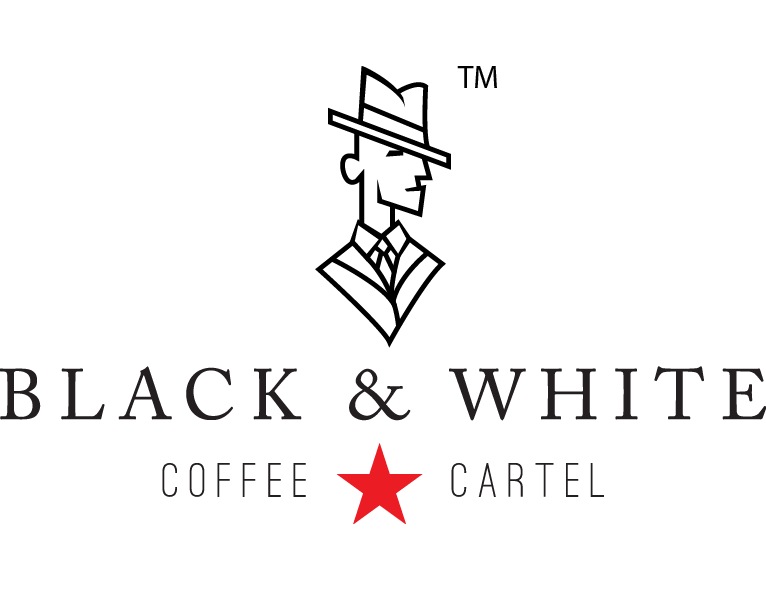In New Zealand’s dynamic business landscape, franchising has long been recognised as a pathway for entrepreneurs to enter established industries with reduced risk. At the same time, organic growth—expanding a business through internal efforts such as sales, marketing, and operational improvements—remains a powerful strategy for sustainable success. This raises an important question: can franchising be considered a form of organic growth in New Zealand? To answer this, it is necessary to explore what both terms mean in practice and how they interact within the unique conditions of the New Zealand market.
Understanding Franchising in the New Zealand Context
Franchising in New Zealand has steadily grown in popularity, spanning industries such as food and beverage, retail, fitness, and home services. The Franchise Association of New Zealand highlights the sector’s strong contribution to the national economy and the widespread adoption of franchise models across small and medium enterprises. At its core, franchising involves replicating a proven business model through franchisees who pay for the rights to operate under the franchisor’s brand. It allows rapid expansion while transferring a portion of the financial burden to individual owners.
Defining Organic Growth
Organic growth refers to a company’s expansion achieved through its own resources and strategies, without mergers, acquisitions, or external takeovers. It comes from increasing sales, developing new products, enhancing customer service, or entering new markets directly. Organic growth is often slower but more sustainable than inorganic methods, as it builds on the company’s existing strengths and customer base. For many New Zealand businesses, especially small enterprises, organic growth is seen as a steady and reliable pathway to long-term stability.
Where Franchising and Organic Growth Overlap
While franchising might appear to be an inorganic strategy at first glance, it does share features with organic growth. A franchisor typically develops its system from the ground up, refining operations, branding, and processes. Once the model is proven, expansion through franchising relies on leveraging these internal strengths rather than acquiring another company. In this sense, franchising represents a hybrid form of growth—it spreads organically by replicating what works, yet relies on external investors (franchisees) to accelerate the pace of expansion.
The New Zealand Business Environment
New Zealand’s relatively small population and geographically dispersed communities create a unique environment for business growth. Franchising enables brands to reach new regions efficiently without requiring the franchisor to manage each outlet directly. For example, fast food chains, cleaning services, and education providers often turn to franchising as a way to establish a local presence across multiple towns and cities. This decentralised approach can mirror organic growth because it focuses on building market presence gradually, often adapting to local conditions with the help of franchisees.
Advantages of Viewing Franchising as Organic Growth
Considering franchising as a form of organic growth allows business owners to better appreciate its sustainability. Franchising does not depend on absorbing competitors or large-scale acquisitions but rather on strengthening and replicating an existing business system. Each new franchise outlet contributes to brand recognition, customer loyalty, and overall market penetration in a way similar to traditional organic expansion. For franchisees, the appeal lies in joining a system that has proven its viability, which further reinforces the idea of growth rooted in internal strengths rather than external takeovers.
Limitations of This Perspective
However, it is important to note the differences. Organic growth typically involves the business itself making the direct investment, while in franchising, franchisees contribute much of the capital. This shifts some of the financial and operational responsibilities outside the franchisor’s core business. Therefore, while franchising borrows elements of organic expansion, it also introduces external stakeholders, making it distinct from the pure definition of organic growth.
Conclusion
Franchising in New Zealand occupies an interesting position between organic and inorganic growth. It mirrors organic growth in its reliance on internal strengths, proven systems, and gradual market expansion, but it also incorporates external investment through franchisees. For many New Zealand businesses, franchising provides a practical solution to the challenges of scaling in a geographically diverse market. While it may not fit the textbook definition of organic growth, franchising can certainly be considered a close relative—an adaptive, sustainable model that combines the strengths of organic development with the speed of collaborative expansion.









